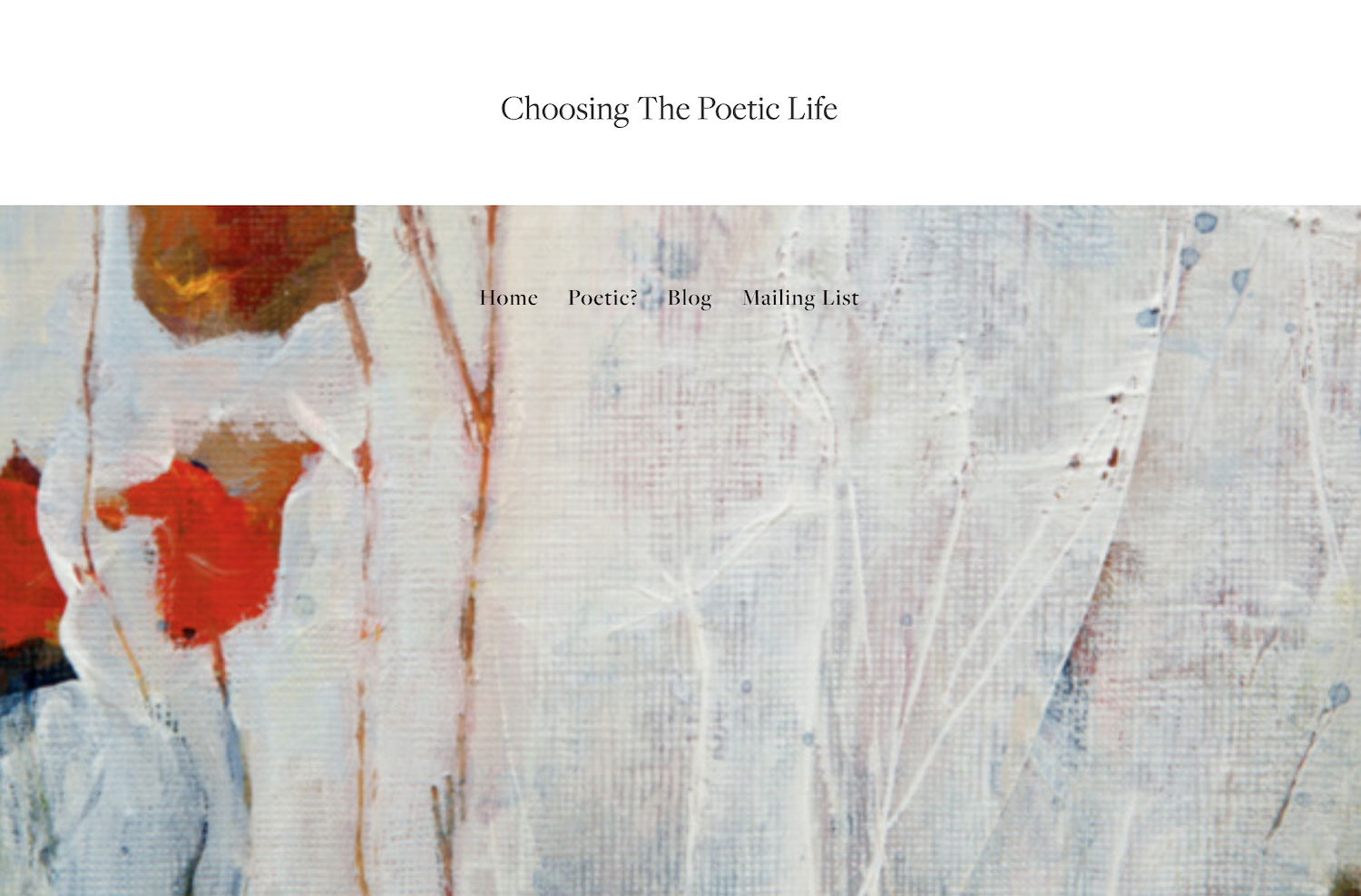I’m currently diving deeper into how I bring words into my art practice by following an online course from The Poetry School in London. For many years, I tried to keep my wordy self separate from my painting self because words were the ‘day job’ and painting was the yearned-for life. After I adjusted the balance so that painting had its proper share of my time and energy (most of it), words crept back and demanded a presence in my practice. Sometimes in the form of poems that come out of painting, always in finding titles for paintings, and always in the notebooks that are a vital part of my practice.
Now I’m finding that there’s a lively collection of people making art out of/ with/including writing and developing it as a field in its own right. And I’m looking afresh at my earlier work and making new pieces.
As aliens, above, was made during my residency at Cinepoetics in Berlin. The writing started as “Notes in the Dark’ written in a sketchbook during the screening of the movie “Under the Skin”. I was a somewhat reluctant viewer of this film, and the combination of my emotions with the visual power of the movie produced a series of works (more here). In this one, I collaged photocopies of the writing and then painted in response to the words and the experience.
Here’s a video about making Notes in the Dark, with original music from the very talented Eileen Rositska:
The written notes retain some semantic meaning even while fragmented and mashed up in this way, while the words make other kinds of meanings through juxtaposition and repetition. They become visual ‘objects’ and forms, and also a surface for paint, while retaining their distinctness as written language. In working towards a finished composition, I consider where to place the words, how much to obscure and reveal of them, how to place paint over and next to them, how much colour to introduce … That the notes were made in response to film adds another dimension, another layer of experiencing and making meaning out of the visual and spoken/written language.






























